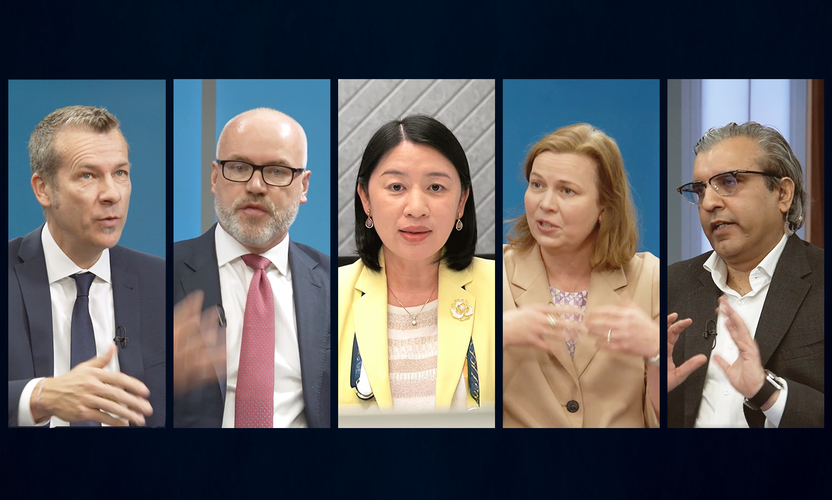Source: Fidelity International, January 2019
Deeper into the gloom
FLI Cycle Tracker moved further into the ‘bottom-left’ quadrant (growth below-trend and decelerating), having been there for three quarters. This suggests further downside to global activity as we start 2019, with data unsupportive of stabilisation even after a weak last quarter of 2018. This month marked the weakest 3-month and year-on-year readings since 2012. The FLI quantitative ‘bet’ remains negative, ticking down to the 20th percentile of backtested history.
As global trade continues to weaken and positive developments remain marginal at best, the FLI indicates that below-trend and decelerating global growth will extend into 2019. Despite many assets enjoying a bounce after entering the year deeply oversold, the FLI suggests a tough environment for risk assets will persist for a while longer. Investors should not chase market rallies too far and a cautious stance on beta more broadly remains appropriate.
Headwinds still in place
Last year’s key headwinds to global growth have turned more mixed but may still be negative on balance. US monetary conditions have softened as the Fed quickly backpedals and is now likely on pause rate hikes until June, having brought balance sheet policy adjustment back onto the table. Still, past rate hikes and quantitative tightening continue to be headwinds, and tighter financial conditions - particularly credit spreads - could counter any easing in Fed policy. US dollar weakness may be a key theme in 2019 as US growth slows on weaker fiscal impulse and its monetary policy exceptionalism ends. This would provide respite, especially for emerging markets.
Oil prices remain relatively low despite the recent rally following OPEC production cuts, providing some support for the global economy, albeit with a meaningful lag.
China’s slowdown has worsened, potentially outweighing the other key drivers. Stimulus measures have been disappointing, seeming too restrained to turn the tide with policy merely a continuation of the tweaks seen since the summer. Further weakness could come from the slowing real estate cycle. The tentative trade truce with the US is positive but its importance for China’s growth (in either direction) must not be overstated.
Broad-based weakness
Four of the five sub-sectors are stuck in the bottom-left quadrant. Global trade remains the worst performing subsector with front-loaded demand in Asian supply chains in anticipation of now-postponed tariff deadlines mostly behind us. The effect is temporary by nature but could still weigh for a few months. Just as important, underlying Chinese demand looks weak, and the tech cycle is rolling over rapidly with a trough still some way off.
Consumer/labour remains in the bottom-left, having fallen out of the top-left last month. The weakness may be somewhat overstated due to idiosyncratic issues in France, however, despite a strong US employment report, the fall in US consumer confidence and the rise in unemployment claims are also weighing on the FLI.
Commodities-related components have been unsurprisingly weak. Overall, business surveys have actually been stabilising and is the only bottom-left sub-sector not to deteriorate in recent months. Industrial orders ranks the best but only manages to feature in the top-left quadrant (growth below-trend but accelerating). Even here, last month’s historic revisions to Japan’s inventory/sales ratio may be artificially boosting the reading. One reassuring development is Germany’s new foreign orders - which had been very weak - are tentatively bottoming out, offsetting a minor US deceleration.






































